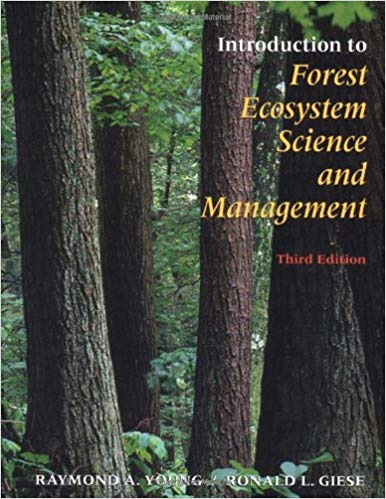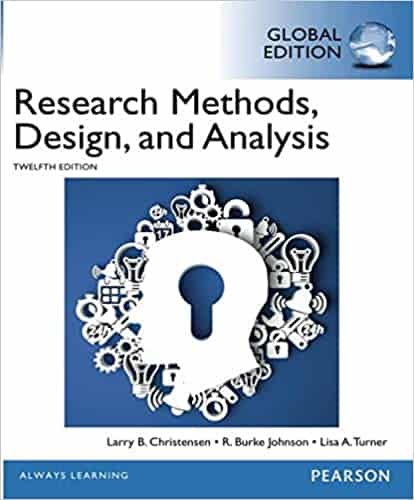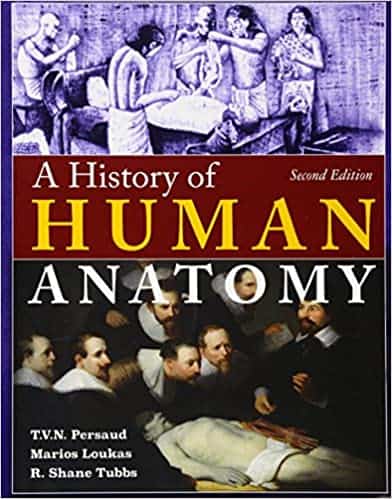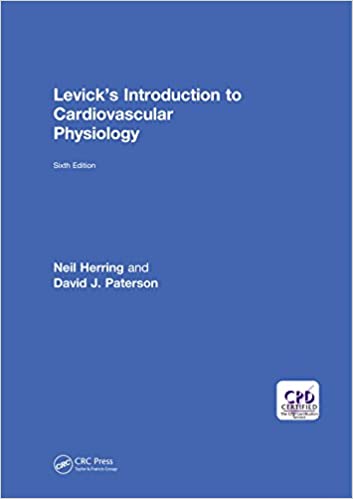Category: Non Fiction
Conveying the wide-ranging scope of forestry and the great challenges that lie ahead, this Introduction to Forest Ecosystem Science and Management 3rd Edition (PDF) brings together leading forestry experts and gives readers a broad overview of the field. Coverage ranges from the individual trees, basic cell, and the forest stand,
Research Methods, Design, and Analysis, 12 global edition, (PDF), provides an understanding of the research methods used to examine human thought and behavior. The coverage of experimental, correlational, qualitative, and survey research helps college students develop their research skills for all characteristics of psychology. Information is presented in a straightforward
Many advances in medicine and surgery can be traced back to advances in our understanding of the structure and function of the human body. Human anatomy became an objective discipline in the sixteenth century, based on direct observation and scientific principles. Not surprisingly, the study of human anatomy has progressed
Sound knowledge of cardiovascular physiology is fundamental to understanding exercise performance, cardiovascular disease, and many other aspects of human physiology. Cardiovascular physiology is a major component of all undergrad courses in biomedical science, physiology, and medicine, and this popular introduction to the subject, Levick’s Introduction to Cardiovascular Physiology 6e (PDF)
Why does peace fail? More particularly, why do some countries that show every sign of having successfully evolved from civil war fall once again into armed conflict? What defines why peace “sticks” after some wars but not others? In this enlightening study, Charles T. Call examines the factors behind fifteen





